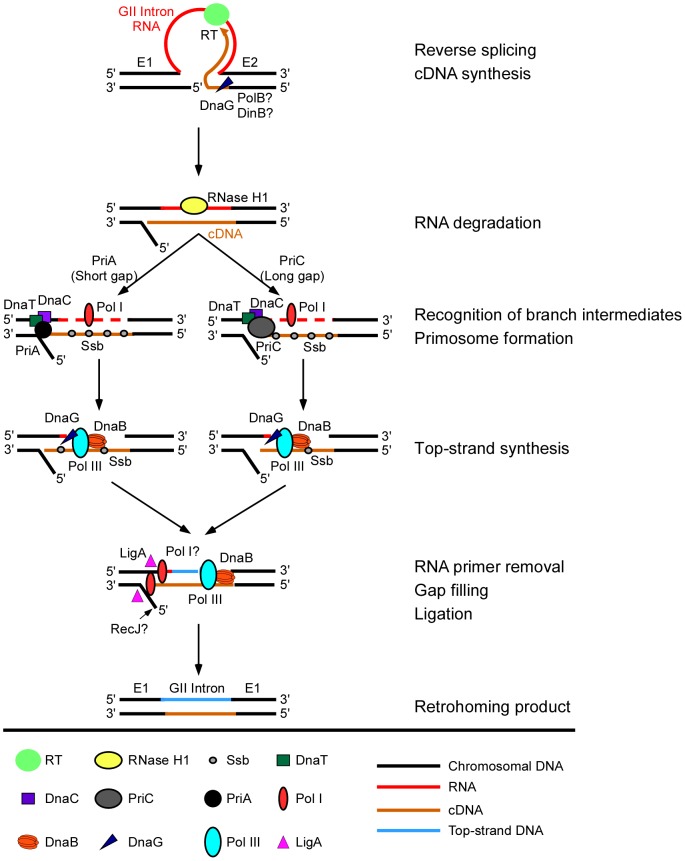Figure 5. Model for function of host factors in group II intron retrohoming in E. coli.
In initial steps, the group II intron lariat RNA reverse splices into the top strand of the DNA target site, while the intron-encoded RT cuts the bottom DNA strand and uses the 3′ end of the cleaved strand as a primer for target DNA-primed reverse transcription of the intron RNA. During or after cDNA synthesis, a host RNase H (RNase H1) degrades the intron RNA template strand. Extension of the intron cDNA into the 5′ exon displaces the bottom-DNA strand resulting in a branched intermediate that is recognized by the replication restart proteins PriA or PriC, with PriA preferentially recognizing intermediates with short gaps in the bottom strand and PriC preferentially recognizing intermediates with long gaps in the bottom strand. PriA and PriC then initiate a replisome loading cascade involving the sequential recruitment of the replicative helicase DnaB, the primase DnaG, and the replicative polymerase Pol III for second-strand DNA synthesis. Ssb stabilizes single-stranded DNA in gapped regions and interacts with PriA to stimulate the loading of DnaB. The 5′→3′ exonuclease activity of Pol I contributes to the removal of residual RNA primers and its DNA polymerase activity may contribute to filling in gaps, and a host DNA ligase (LigA) seals nicks in the top and bottom strands. Although bottom-strand synthesis is completely dependent on group II RT activity (Figure 3D), biochemical assays show that it is strongly inhibited in a DNA primase (DnaG) mutant and moderately inhibited in repair DNA polymerase DinB and PolB mutants, suggesting a previously unsuspected role for host factors in initiating bottom-strand (cDNA) synthesis. Deletion of RecJ moderately inhibits synthesis of full-length bottom strands in extracts, consistent with a role in resection of the 5′-overhang resulting from the staggered cleavage of the DNA substrate by group II intron RNPs [12].

